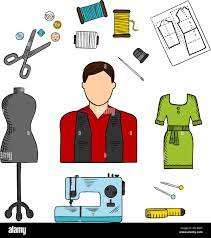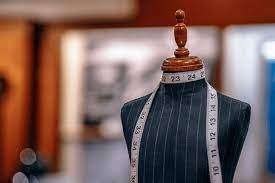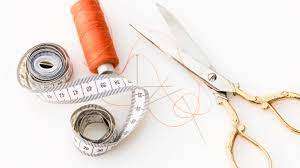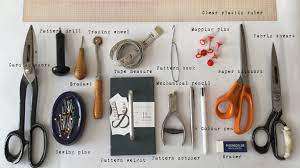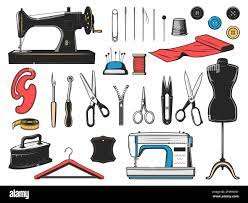Fashion design tools:
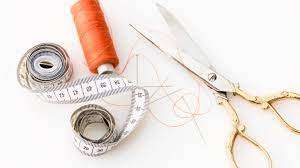
August 01, 2023
Fashion design tools:
Start with a sketchbook or drawing pad and a set of pencils, pens, or markers. You can also use digital tools like tablets or design software if you prefer a digital approach.
Fashion design croquis:
Use croquis (pronounced kroh-kee), which are basic figure templates that serve as a foundation for drawing garments. Croquis provide consistent proportions and help you focus on designing the clothing rather than drawing the body. You can find croquis templates online or create your own by tracing a fashion figure from a fashion magazine or using a croquis book.
Fashion design statement of purpose:
Choose a pose for your croquis that complements the design you have in mind. Consider the balance and flow of the garment and how it will look on the body. Pay attention to the proportions of the figure, ensuring that the head, torso, and limbs are in proper relation to each other.
Fashion Silhouette :
Start with a loose, light sketch of the garment's overall silhouette. Focus on capturing the shape, length, and key design elements. Once you have the basic outline, add details like necklines, sleeves, waistlines, and any other unique features that define the design. Consider the texture, fabric, and potential embellishments as you add these details.
What is rendering in fashion designing:
Decide on the shading and coloring technique you want to use. You can keep the sketch in black and white or add color using markers, colored pencils, watercolors, or digital coloring tools. Use shading and highlights to add depth and dimension to the garment, emphasizing its structure and folds.
Annotation :
Include annotations or notes alongside the sketch to explain specific design details, fabric choices, or construction techniques. These annotations help convey your vision to others, such as pattern makers or manufacturers, who will bring your design to life.
Fashion design drawing course principles practice and techniques:
Regularly practice sketching to improve your drawing skills and develop your own unique style. Experiment with different poses, design elements, and rendering techniques to explore new possibilities and expand your creative repertoire.
